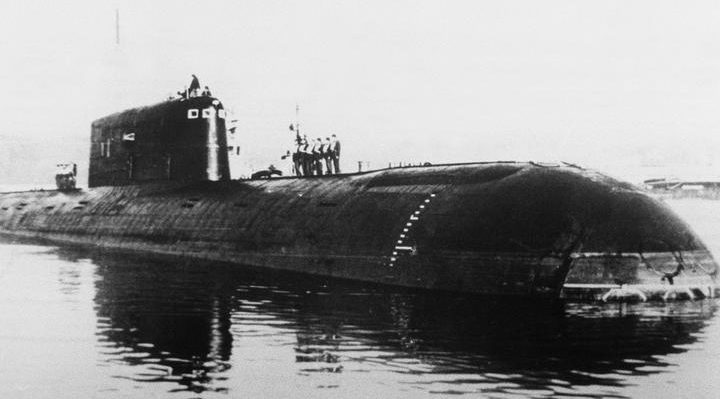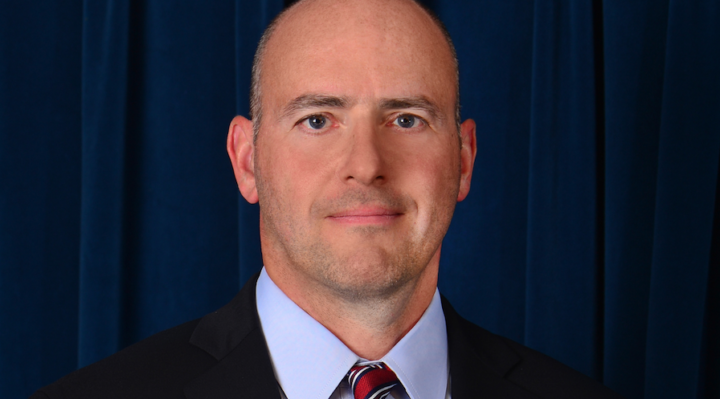New Norwegian Ambassador H. E. Trine Jøranli Eskedal presented her credentials to President H. E. Maithripala Sirisena at the President’s House today.

Prior to assuming her position as the Norwegian Ambassador to Sri Lanka, she was Head of Section at the International Department of the Norwegian Parliament (Storting) in Oslo from 2016 to 2019. Previously she has also served as the Director at Secretariat of the Minister of European Affairs, and as the Deputy Director of the Secretariat of the Minister of International Development at the Norwegian Ministry of Foreign Affairs.

In her career spanning more than two decades at the Norwegian Foreign Ministry, she has served at Norwegian Embassies in Manila, Paris, and Khartoum. While presenting her credentials, Ambassador Eskedal highlighted that Norway’s partnership with Sri Lanka “consists of shared democratic values and interests, as we are both strong supporters of multilateral cooperation, human rights, rules-based world order, and a strong United Nations.”
She also noted that the oceans are of great importance to the past and future of both countries and that Norway and Sri Lanka share a strong and common interest in the sustainable management and use of our oceans, as well as the blue economy.
Ambassador Eskedal further stated that Norway’s economic strengths are the maritime, marine and energy sectors together with ICT and that the Norwegian Embassy is doing their best to expose these sectors to Sri Lankan partners. “Norway will remain committed to working together with Sri Lanka, based on our shared values and interests, for the good of the people of our countries and the global community,” she said.










